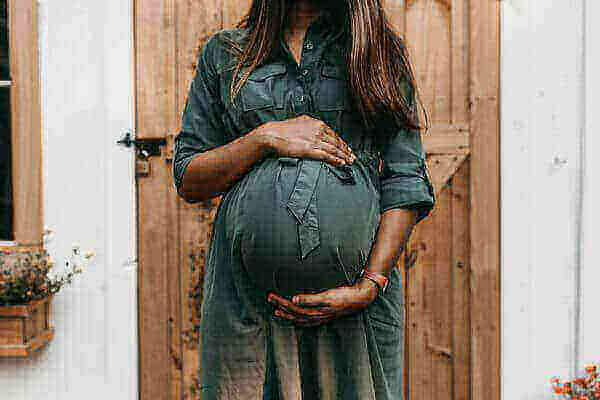Baby Gender Myths: Distinguishing Fiction From Fact
Are You Welcoming a New Baby into Our World? Doing so is one of life’s most joyous events, and parents can’t wait to welcome their little bundle of joy, whether he or she is male or female. However, with that joy comes much speculation and myths surrounding determining baby gender; while some may have valid explanations, others seem silly. This article will disprove some common baby gender myths to distinguish fact from fiction.

Table of Contents
Myth 1: Heart Rate Indicates Gender
One of the more widespread myths surrounding pregnancy and childbirth involves heart rates as a predictor of gender. According to this belief, faster heartbeats indicate female babies while slower beats signal male ones; however, this is simply untrue, and no scientific proof exists to back this up. According to the American College of Obstetricians and Gynecologists (ACOG), no scientific support exists.
Myth 2: The Shape of a Woman’s Baby Bump Determines Gender
Another common myth holds that the shape of a woman’s baby bump can provide clues as to her baby’s gender; according to this fable, pointy bumps indicate male gender and round bumps female; however, this depends on various factors including baby position and size, the body type of mother, etc. However, no scientific proof has ever existed to support this theory.

Myth 3: Cravings Reveal Gender
Another popular belief among pregnant women is that food cravings can reveal their unborn baby’s gender. According to this myth, craving sweets indicates having a girl, while craving salty or sour foods indicates having a boy. Unfortunately, no scientific evidence currently supports this claim; cravings are determined by hormonal fluctuations which vary between pregnant women and pregnancies and can change throughout their pregnancies.
Myth 4: The Chinese Gender Prediction Chart Is Accurate
A popular myth holds that the Chinese gender prediction chart can accurately predict a baby’s gender based on the mother’s age and month of conception, but there is no scientific support to back this claim up; therefore, it should only be treated as an amusing game and should never be taken too seriously.

Myth 5: Morning Sickness Signals the Pregnancy of a Girl
A common myth holds that morning sickness signals an impending girl baby; however, this is untrue as morning sickness is caused by hormonal fluctuations that differ according to each pregnant woman and pregnancy cycle.
FAQs:
CAN A BABY’S Gender Be Determined Prematurely?
Prenatal gender identification tests such as ultrasound or amniocentesis can determine a baby’s gender before birth.
Are there any effective methods of identifying my baby’s gender?
Ultrasound imaging remains the most reliable means of doing this.
Can diet affect a baby’s gender?
No. Diet alone cannot determine which gender of offspring a pregnancy produces.
Finding out your baby’s gender can be exciting and terrifying during gestation, but it is essential to remember that many myths surrounding baby gender are simply old wives’ tales. To accurately determine a baby’s gender, medical tests such as ultrasound are necessary.

